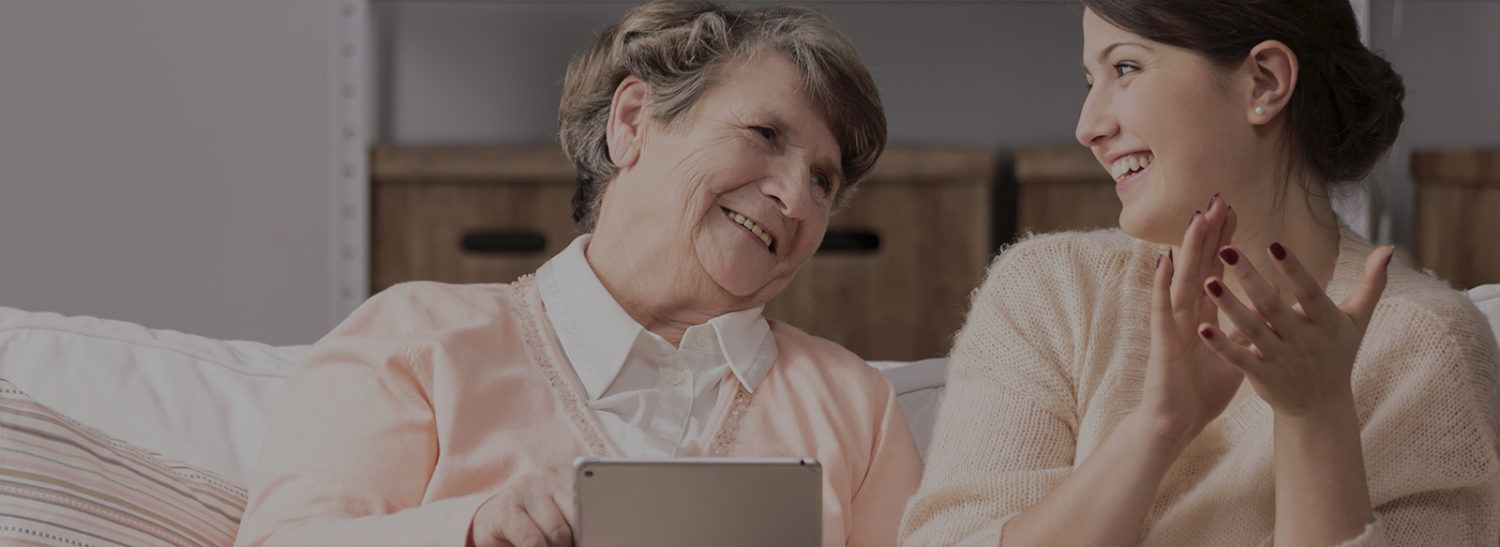
Editor’s Note: Al Baker is the co-founder and CEO of Reemo, a health technology platform designed to empower caregivers with actionable insights to improve the quality of life for seniors. Also features insights from Teradata Vice President, Strategic Ventures Peter Obringer and Vice President of Technology for New Business Development Jose Basa.
We exist in a world where data is impacting nearly every aspect of our daily lives. From New York utilizing open data to critically analyze its street re-pavement history, to Airbus improving its manufacturing efficiency with the use of prescriptive analytics, to Google rolling out targeted purchasing behavior ads – you’ve likely heard, or even experienced the impact of analytics in some capacity.
Senior care is no exception. We live in an age where toddlers and seniors alike have access to and use tablets on a daily basis. As the growth of wearable adoption goes down the same path, there now exists a huge amount of data that can be analyzed to develop enhanced senior care that’s more personalized than ever before. Below are four improvements data will bring to the senior care space:
1. Time-savings for caregivers
On average, individuals experience a lifetime loss of $304,000 as a result of providing care to a senior family member. The financial impact plus the significant amount of time caregivers dedicate to ‘checking in on Mom/Dad’ lends itself to increased stress levels among these family member caregivers. It’s this stress that often leads to seniors being placed in senior living communities earlier than necessary. With the use of analytics and data, family members and professional caregivers alike are now able to analyze a senior’s health compared to their common level of activity –enabling informed decision making and better time prioritization. For concerned relatives, friends and the caregiver’s family, this access to objective insights into a senior’s health and activity is invaluable.
2. Prevention of impending health issues
At the end of the day, care providers – no matter how talented – are only human. It’s impossible for providers to be everywhere at once, which means they are physically incapable of monitoring and engaging with each resident at every hour of the day. With a more comprehensive look at and deeper understanding of data and analytics, a handful of the most common health issues like urinary tract infections (UTIs), and slips or falls, become avoidable. These risks, which are expensive to treat, and unfortunately can prove to be fatal for the senior population, are often predictable with the right data – it’s as simple as observing data for abnormalities in activity levels and patient mobility.
For example: a common UTI is often proceeded by a 72-hour period where simple activity like walking becomes painful, which is accompanied by an increase in frequent bathroom visits. If data from walking patterns of seniors using wearables and use of bathrooms with sensors/lights is combined, these early onset symptoms can be identified earlier, which leads to prescribed preventative care from a proactive vs. reactive approach – saving the whopping $13,000 cost that comes with an average hospitalization due to UTI.
3. Individualization of the senior care experience
It is not uncommon for seniors, especially when a family member cannot be present, to be held responsible for communicating their health improvements or setbacks directly to a physician or nurse. And bridging this gap can be difficult if visits are far apart — leaving room for critical details to be overlooked. Important questions — such as: What has changed? Are you more/less active? Are you more/less tired? — can prove difficult for seniors to track and then relay to their care provider. But, with the use of analytics, this information is not only easy to uncover but more accessible and dependable for caregivers rather than relying on the patient to fully track and communicate overall health improvements or setbacks.
Activity level change is often a gradual shift (therefore, not easily trackable), but is a major indicator of overall treatment success. Being aware of and fully understanding activity level change in addition to other key indicators — then using those to enhance care — is bound to result in more individualized medical care, with healthier outcomes overall. And, for the increasing amount of senior communities implementing wellness and fitness programs as part of their care, tracked activity level opens the door for more coordinated fitness regimens that are catered to the individual mobility needs of their seniors, all of whom are on different playing field of physical fitness ability.
4. Growth in the senior care industry
On top of the ability to enhance care in terms of personalization, the ability to synch individual mobility details with larger data sources – like medical records and claims information – will better arm healthcare providers when assessing and critiquing their efforts on behalf of the senior population at large. The “multiplier effect” of merging data from a group of participants will better larger communities in the form of drug companies advancing their products, adjusted prescribed treatments from physicians, and more productive wellness/exercise programs.
When looking at senior care, IoT sensors and wearables can greatly impact and improve care delivery because of the ability to monitor patients 24/7 through said devices. Additionally, through adoption of these new technologies and acceptance of analytics influencing care delivery, professional caregivers and family members can look to enhanced senior care tailor-made for the individual, in addition to an enhanced senior healthcare industry across the board.

